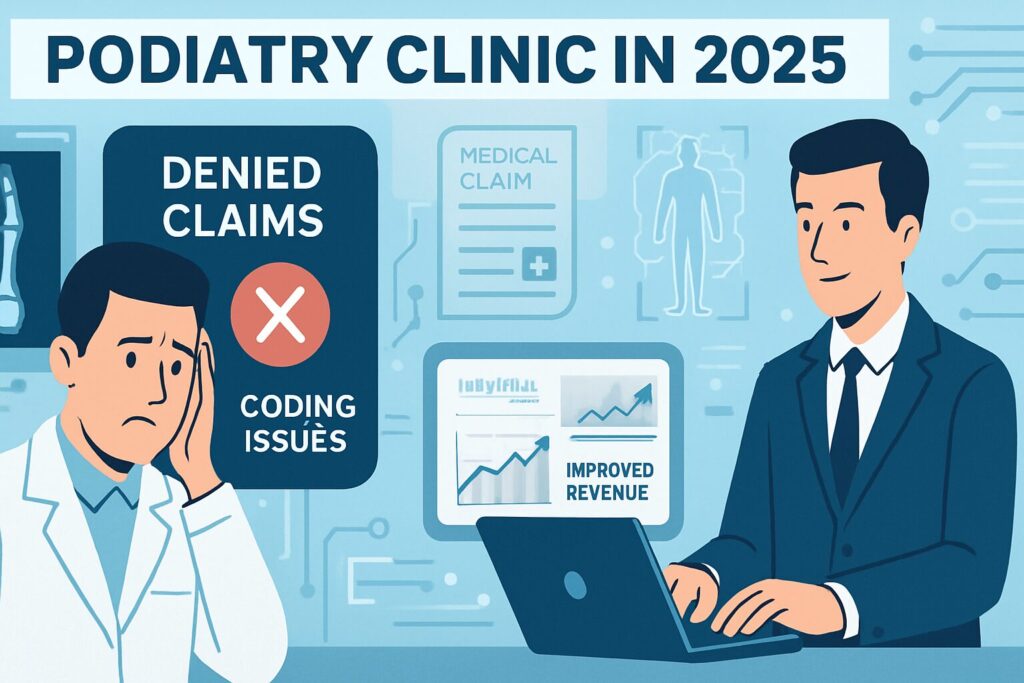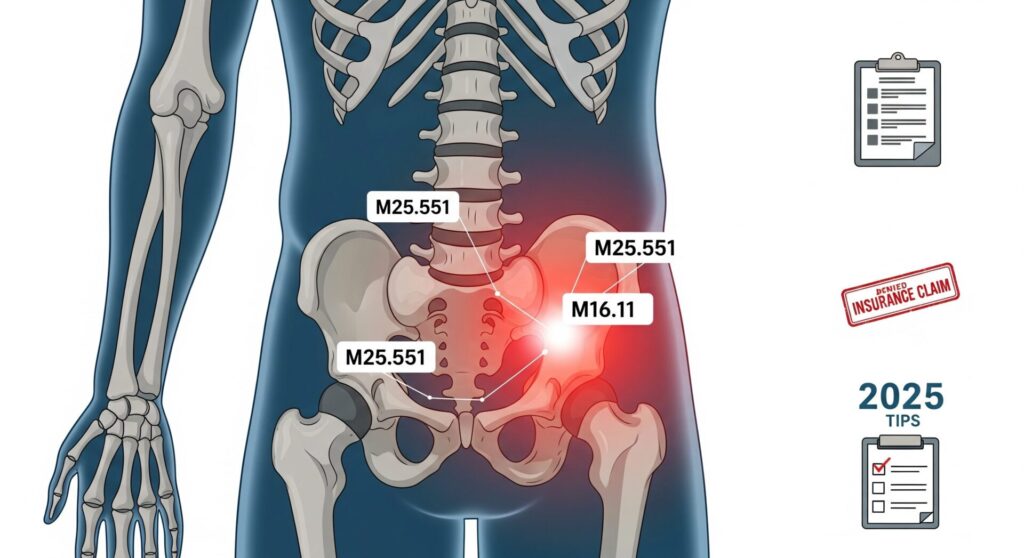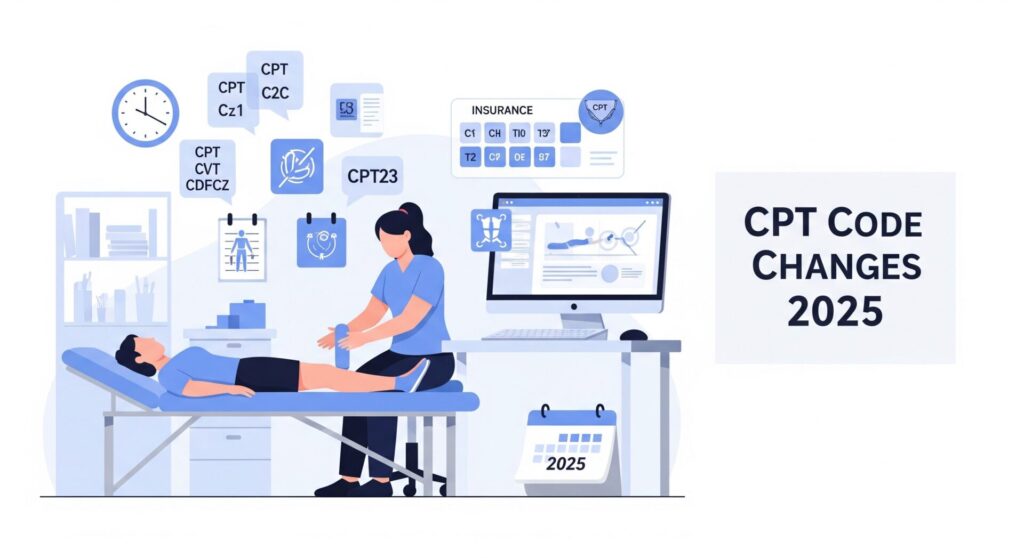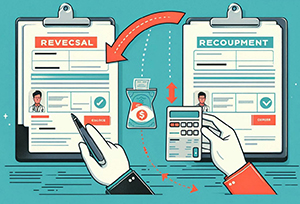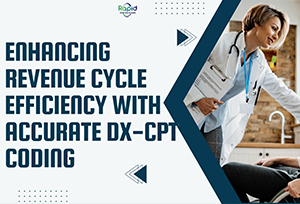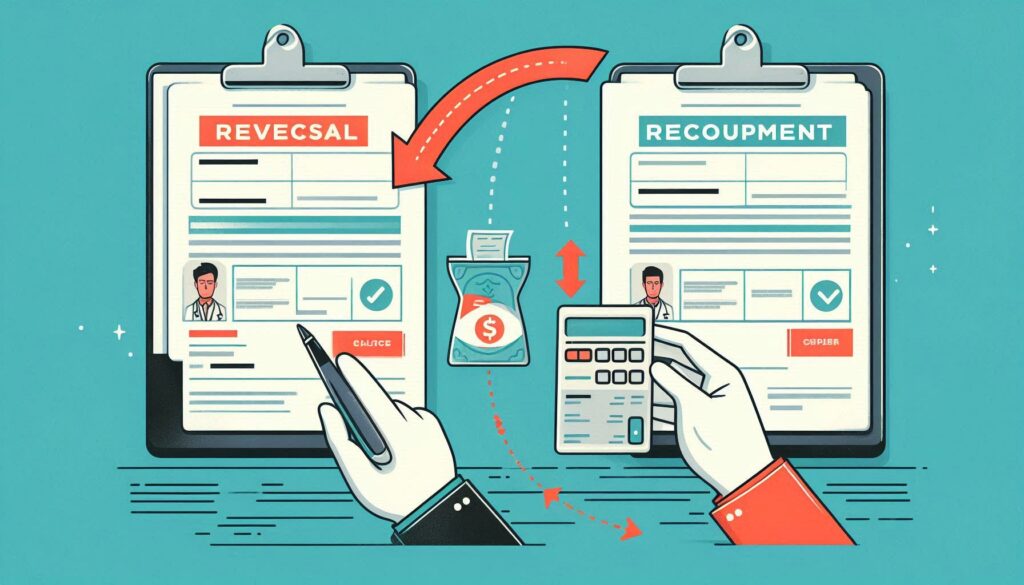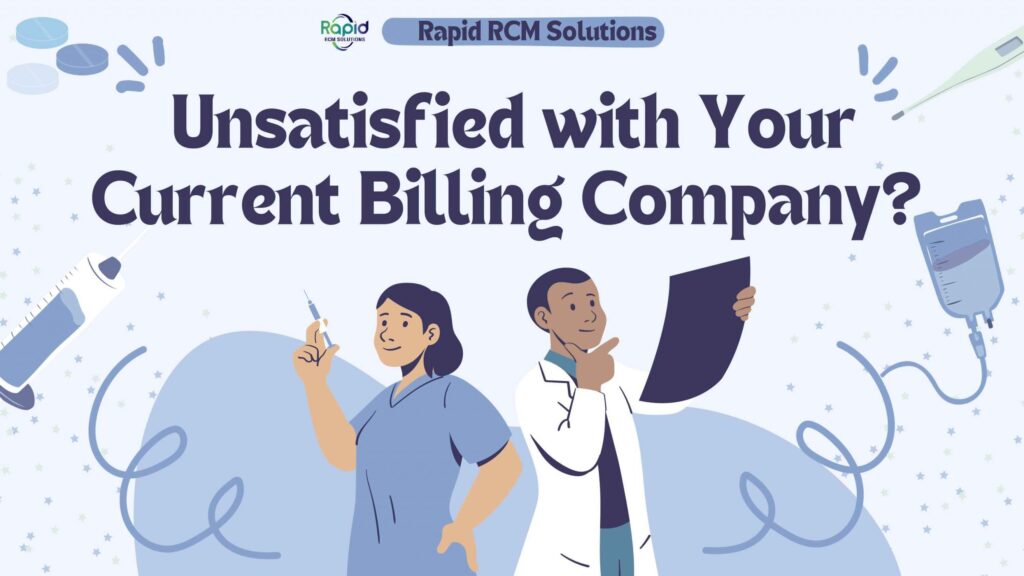Physical Therapy Billing Guide: Master the 8-Minute Rule and Timed Codes
Medical BillingBilling for physical therapy isn’t just about choosing the right CPT codes. It’s about documenting time correctly, assigning units without second-guessing, and avoiding denials from simple calculation errors. Suppose you’re running a clinic or working behind the scenes as a biller. In that case, you are already aware of how confusing the 8-minute rule can be, especially when patients receive multiple services during a single visit. So if you’ve been frustrated trying to match minutes with billable units or unsure when to count overlapping services, this physical therapy billing guide will give you clear, straight answers. No fluff. Just what you need to get it right every time. Let’s break it down. What Is the 8-Minute Rule? The 8-minute rule helps determine how many billable units you can claim for timed physical therapy services. It’s used by Medicare and many commercial payers that follow Medicare’s billing policies. The rule applies to time-based CPT codes, the ones where you’re billing based on how long a service was provided. It’s pretty straightforward: if you provide at least 8 minutes of a time-based service, you can bill one unit for it. For more than one unit, you total all the minutes of all timed services and follow the unit chart. Timed Codes vs. Untimed Codes: What’s the Difference? There are two types of codes in physical therapy billing: Timed CPT codes: These include things like therapeutic exercise (97110), manual therapy (97140), and neuromuscular reeducation (97112). The time you spend matters. Untimed CPT codes: These are services like hot/cold packs (97010) or electrical stimulation unattended (97014). You can only bill one unit of these, no matter how long it takes. Many billing errors come from mixing these two without documenting them properly. That’s where clinics lose money or get flagged during audits. A Quick Look at Timed Codes Common in Physical Therapy CPT Code Description Billable in Units 97110 Therapeutic Exercises Yes 97112 Neuromuscular Reeducation Yes 97116 Gait Training Yes 97140 Manual Therapy Yes 97530 Therapeutic Activities Yes 97010 Hot/Cold Packs Yes 97014 Electrical Stimulation (Unattended) Yes 8-Minute Rule Billing Chart for 2025 Total Time (Minutes) Units You Can Bill 8 – 22 mins 1 Units 23 – 37 mins 2 Units 38 – 52 mins 3 Units 53 – 67 mins 4 Units 68 – 82 mins 5 Units 83 – 97 mins 6 Units Here’s a practical tip: if your PT session includes multiple timed services, add up all the minutes across those codes before assigning units. Example That Trips People Up Let’s say your clinic provides: 15 minutes of therapeutic exercise (97110) 10 minutes of manual therapy (97140) Total time: 25 minutes → that equals 2 units. Now, here’s where people get it wrong: you can’t just assign 1 unit to each code randomly. You need to follow the CMS rule that the greater time gets billed first. So, in this case: 97110 (15 minutes) = 1 unit 97140 (10 minutes) = 1 unit This matters when two services are close in time. Always bill the service with higher minutes first. Mistakes That Lead to Denials Do All Payers Follow the 8-Minute Rule? No. While Medicare does, some private payers don’t. They may use the midpoint rule or have completely different unit logic. That’s why it’s important to check your contracts or ask your billing service to confirm. Also, group therapy codes like 97150 do not follow the 8-minute rule. They’re untimed and billed differently. Concluding Thoughts The 8-minute rule isn’t going away anytime soon. But getting it right can mean the difference between clean claims and delayed revenue. If your clinic sees a high volume of Medicare patients or performs several timed services per visit, make sure your billing staff is trained to apply this rule correctly, every single time. Need help tightening your physical therapy billing process? Rapid RCM Solutions offers physical therapy billing services that catch unit-level mistakes before they hit the payer’s desk. We help you code with confidence and get paid on time. FAQs What is the Medicare therapy threshold for 2025, and has it changed? The Medicare therapy threshold for physical therapy and speech-language pathology combined is $3,000 for 2025. You’ll need to attach the KX modifier with proper documentation if billing goes beyond this amount. How do I apply the 8-minute rule when providing multiple time-based services in one visit? Add up the total minutes of all direct, one-on-one timed services. Use the total to bill units using the CMS chart. Be careful not to double-count overlapping time. What documentation is required to support physical therapy billing under the 2025 Medicare rules? Each session should include: type of service, total minutes per CPT code, complexity, patient response, and rationale. If it’s not documented, it didn’t happen. Are there new supervision rules for PTAs this year? Yes. Medicare now allows general supervision of PTAs in private practice. Therapists no longer need to be physically present but must be available via telecommunication.
Physical Therapy Billing Guide: Master the 8-Minute Rule and Timed Codes Read More »


